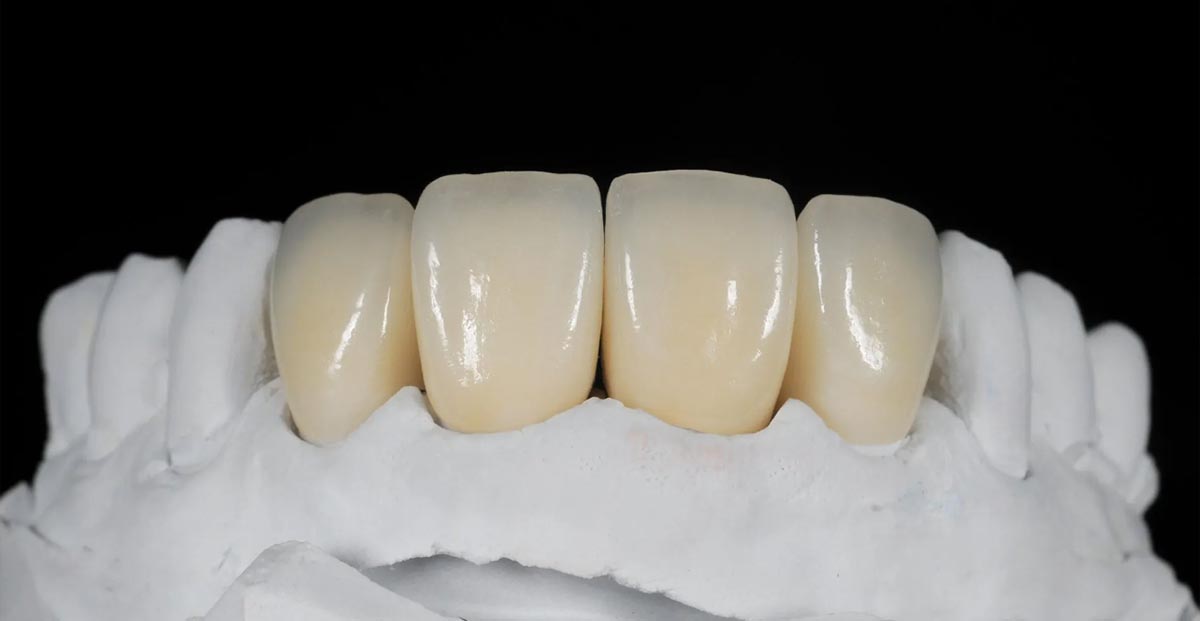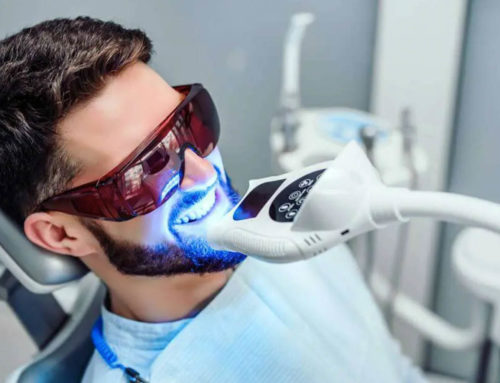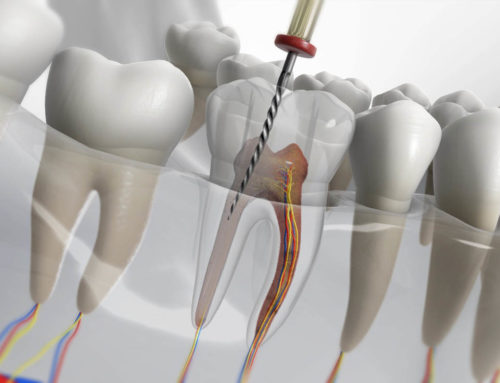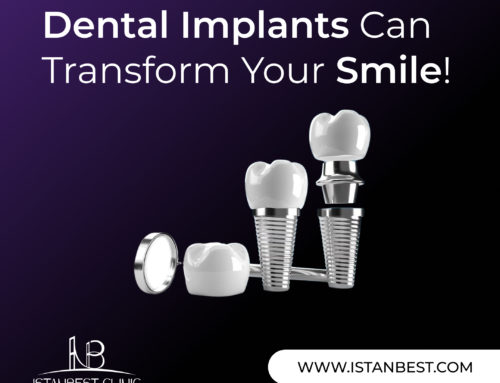Zirconia crowns, a material widely used in recent dental treatments, offer both technological and visual improvements. They are considered tooth and gum-friendly due to their compatibility with tissues and their ability to achieve better aesthetic results.

Zirconia, preferred for prostheses and porcelain infrastructure, stands out with its white color and properties of transparency and light transmission.
At IstanBest Clinic in Turkey, we frequently utilize zirconia crowns, which serve as the foundation for dental implants. Compared to Europe and the UK, we offer zirconia crowns at a highly affordable price, allowing patients to achieve optimal dental aesthetics without compromising on quality.
What is a Zirconia Crown?
A zirconia crown is a type of dental restoration material that lacks metal support, possesses a white color and light-transmitting properties, and offers a high level of aesthetic appeal. In recent years, zirconia-supported porcelains have gained popularity as an alternative to metal-supported porcelains.
The reason for this shift is that zirconia’s white color closely resembles that of natural teeth, allowing for better aesthetic integration with the body’s tissues. This treatment involves removing a small amount of tooth structure to prepare it for the crown. The amount of tooth reduction necessary may vary depending on the specific condition of the tooth being restored. While zirconia crowns can be applied to the front teeth, they are more commonly used for the back teeth.
In cases where minimal tooth reduction is needed and individuals have aesthetic concerns about their front teeth, laminate veneers are often preferred over zirconia crowns. However, zirconia crowns offer numerous advantages compared to other treatments.
The exceptional strength and high fracture resistance of zirconia make it a preferred choice for both back and front teeth. Its robustness and durability make it suitable for use in dental restorations in any area of the mouth.
Why is the Zirconia Crown Preferred, and What are its Advantages?
The zirconia crown is highly preferred for several reasons, offering numerous advantages in dental treatments. Unlike metal-supported crowns, zirconium does not cause gingival discoloration where it meets the gums.
It exhibits excellent biological compatibility with the body, allowing it to harmoniously integrate with surrounding tissues such as the gums, cheeks, lips, and tongue for many years.
Zirconia teeth are exceptionally durable compared to other metal-free crowns, boasting high fracture resistance. While some compromises may be made on the durability of materials used for aesthetic purposes, zirconia teeth provide significant advantages by withstanding chewing pressures, cross forces, clenching, and grinding.
Read More: Porcelain and Zirconia Crowns – Which one is better for you
Furthermore, zirconia crowns possess a semi-transparent quality that allows them to transmit light. Due to the absence of metal in the sub-structure, less tooth abrasion is required during zirconia crown preparation compared to metal-supported porcelain crowns. This means that teeth can be preserved more effectively by minimizing the need for excessive enamel removal.
In veneer applications, zirconia veneers contribute to a natural appearance as their thinner edges facilitate a seamless porcelain transition, without causing gum disturbance. Moreover, since zirconia teeth are created using Cad-Cam technology in a computerized environment, they can be precisely applied to the prepared tooth, ensuring a proper fit and minimizing the risk of decay.
Allergic reactions are never observed with zirconia-based teeth, making them a safe choice for patients. While metal-supported porcelain crowns can yield aesthetic results, they possess a metal-colored appearance, and their edges are 0.2 mm thicker compared to zirconia. Therefore, zirconia veneers are often preferred for implant applications or aesthetic treatments performed in the anterior regions to achieve highly aesthetic outcomes.

How are Zirconia Crowns Made in Turkey?
The production of zirconia crowns in Turkey follows a systematic approach to treatment planning. It begins with a comprehensive intra-oral examination and panoramic x-ray imaging to establish a treatment roadmap.
However, it is crucial to ensure the overall health of the tooth and gum structure before proceeding with zirconia crown fabrication. Without a healthy foundation, achieving long-lasting and successful dental treatment is not possible. Any existing dental caries or root inflammations must be treated beforehand.
During the initial session of zirconia dental treatment, the desired color, shape, and number of teeth are determined by assessing the patient’s expectations through photo shoots. This helps capture the natural teeth and smile that the patient desires. Technicians in the laboratory then prepare the zirconia substructure and upper porcelains using computer-aided programs to ensure precise sizing, color matching, and form.
Once the treatment phase begins, under local anesthesia, the teeth are prepared worldwide by reducing them to the desired dimensions to accommodate the zirconia infrastructure. After the teeth have been prepared, patients are provided with temporary teeth that closely resemble the final zirconia teeth.
These temporaries are worn for a few days until the treatment is completed. Through several rehearsal sessions, the zirconia veneered teeth, which incorporate the patients’ input, are finalized and bonded during the last session. This marks the completion of the treatment, resulting in aesthetically pleasing and natural-looking teeth.
When can Zirconia Crowns be Applied in Turkey?
Zirconia crowns in Turkey can be applied in various cases, including:
- Restoring teeth for individuals with significant tooth loss.
- Implant applications in the anterior tooth groups.
- Treating fillings that have lost their function.
- Placing bridges or crowns on the back teeth.
- Addressing single tooth fractures and decay.
- When orthodontic treatment is not the preferred option for correcting split or misaligned teeth.
- Correcting advanced discoloration that does not respond to teeth whitening treatments.
- Fulfilling the desire for a smile design to achieve an aesthetically pleasing smile.




